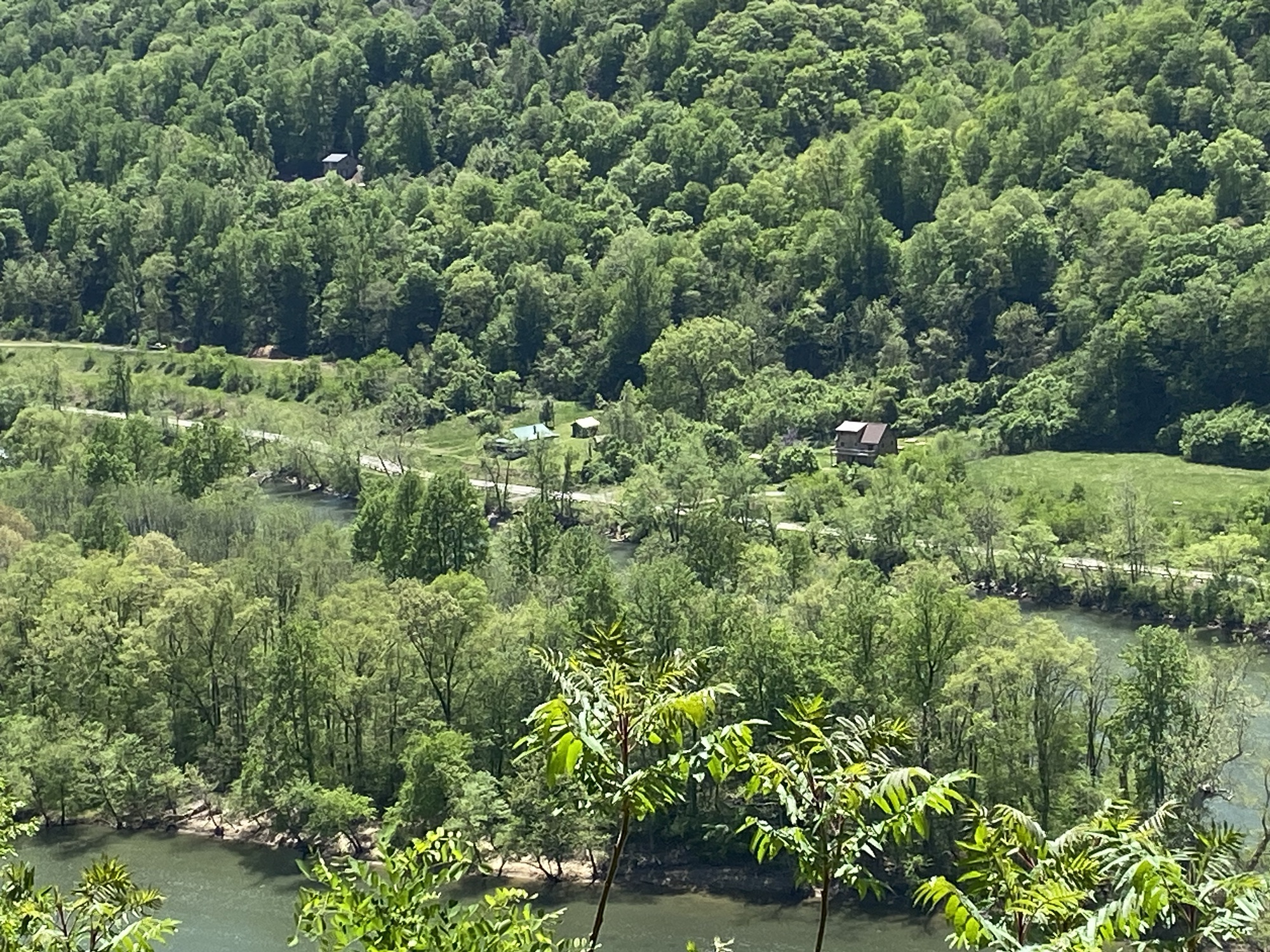Thankfully, it was not windy as we left the Outer Banks region. The bridges are so much nicer that way! The Outer Banks were our “turn around” spot since we now were headed west back across the country. Meandering our way back, naturally! We headed out across Virginia on our way to West Virginia. I have to say that the Virginia rest stops are beautiful! The buildings are brick colonial style and it simply feels like you are in Virginia! There are a lot of open green areas- pastures etc- and a lot of work has gone into removing trees over the centuries. The roads were really busy considering we came through fairly early Saturday morning. I did see a groundhog on the side of the highway poking around which was fun. It rained a bit while we were in Virginia but overall the traveling was OK. That is important because that is a day we traveled over 400 miles in King Tut. Not a problem in a car but exhausting for him in the rig.
As we headed toward West Virginia over the Appalachia mountains, the whole vibe changed. Virginia is heavily military with all kinds of military historic spots, schools, units etc listed on the exits- West Virginia is “wild.” There are more forested areas and smaller parcels of farmed area. As we traveled down I65, the smell of the roadside honeysuckle was almost overwhelming. So strong. A pretty smell, but phew. The accent here cracks us up. Words just sort of mumble together and certain parts are just missing. It is a code we do not get. Not everyone but at this state park, it is rampant!
Anyway, the state park here is nice – it has a very pretty lake (Little Beaver Lake – imagine that!)- and really large drive through RV sites. It is fairly full but mostly WV plates. It has power and water and the showers are good. Fishing seems to be a common theme here, or the New River Gorge NP. Larger rigs don’t really have a place to camp inside the national park.
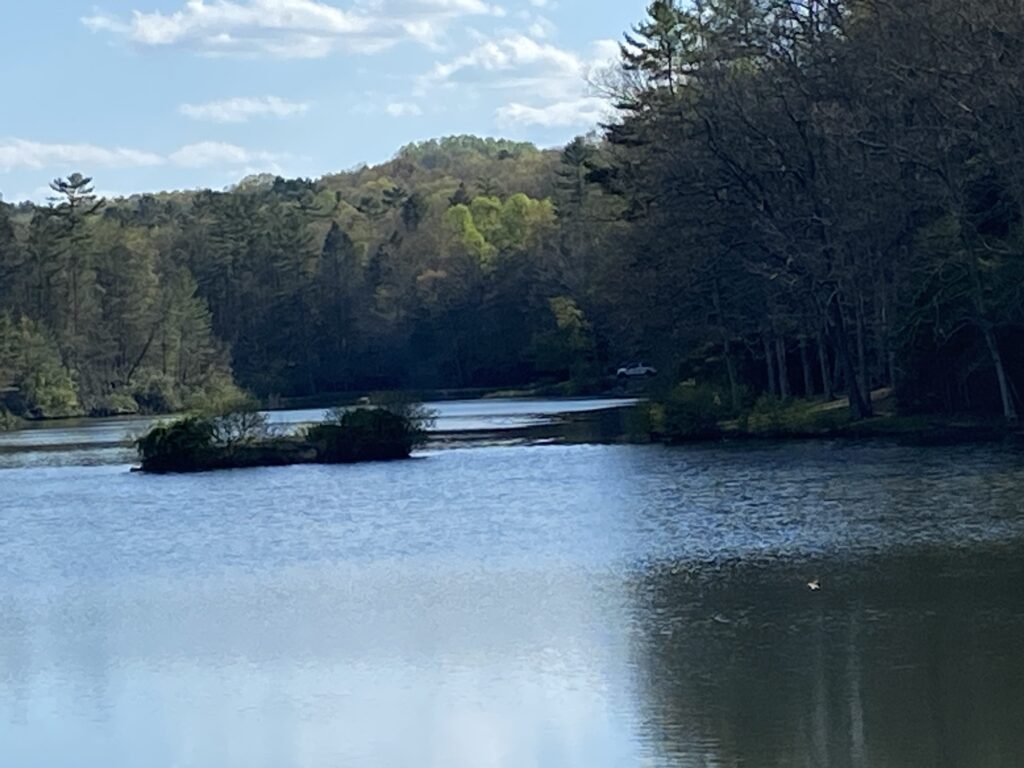
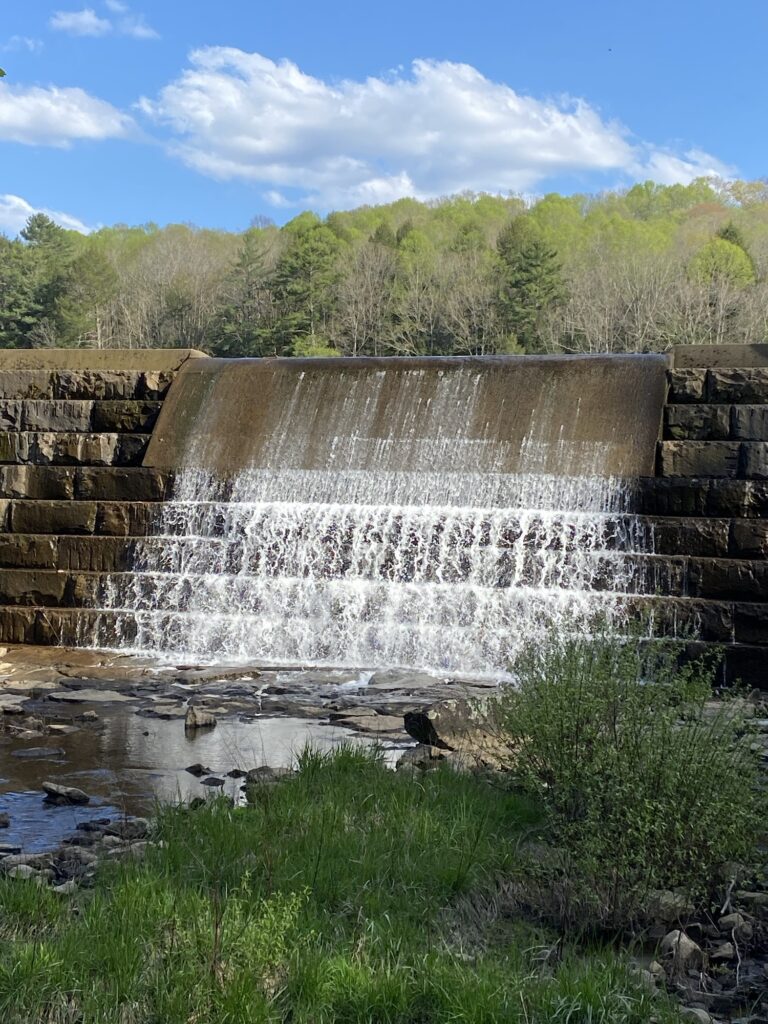
First off – the New River is not a young river. It is older than the Appalachian Mountains which formed when Africa slammed into North America during the Pangea. That is simply its name- New River. It has cut a deep gorge through the mountain range and it has the longest single arch bridge across it. But that is not what is so cool about this area. This is a typical “Appalachia” area- it was heavily clear cut when the trains got here. And as they wiped out the forest, good coal deposits were found. It is an area that represents that time and culture of rampant abuse of the environment and the people living here. And of recovery.
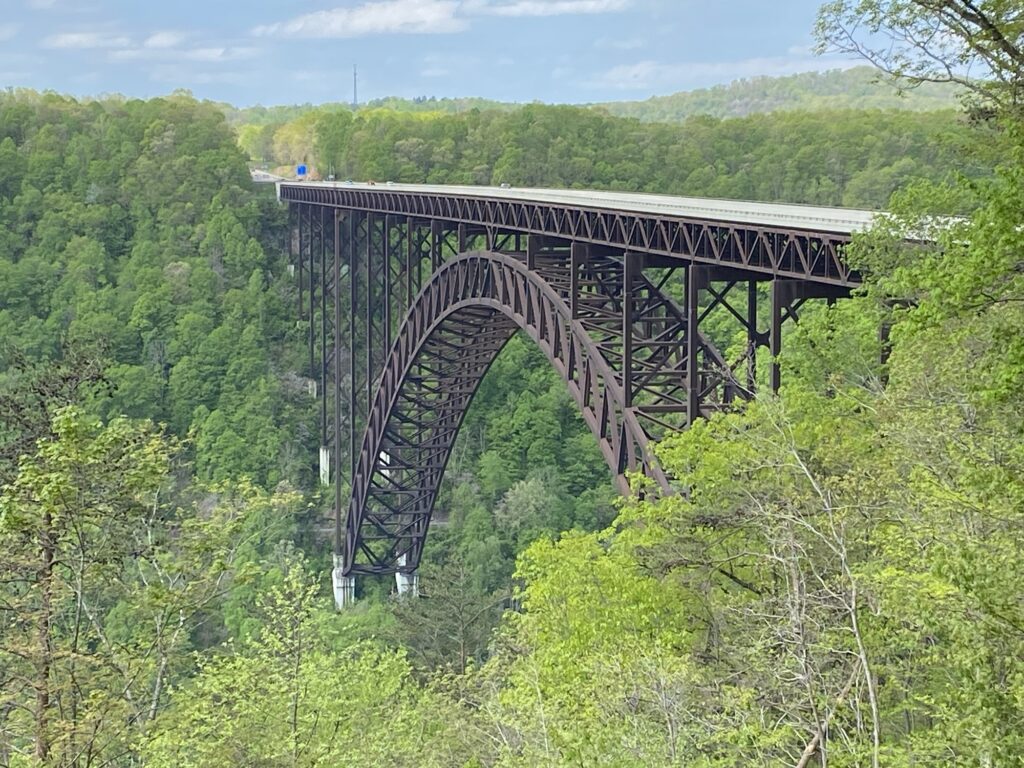
The video at the Canyon Rim Visitor Center shows the trains hauling coal, the dirty exhausted people in the mines, the vast denuded mountain sides, the filthy water….the things we’ve seen before. So Dave and I took a hike to the Diamond Point viewing observation area to view what is called the “Wall” and it is incredible. So lush and green! It has only been about 80 years since the absolute clear cutting, and obviously there are no old growth stands or “old” trees, but it is very pretty. Nature does its best to survive. We did however, note there is little animal activity here, although some birds. Obviously no bears or raccoons looking at how trash cans are handled, and few squirrels either. We think maybe the killing of the forest and lots of local hunting (although not within the park (?)) have slowed the animals coming into the region. Hard to say.
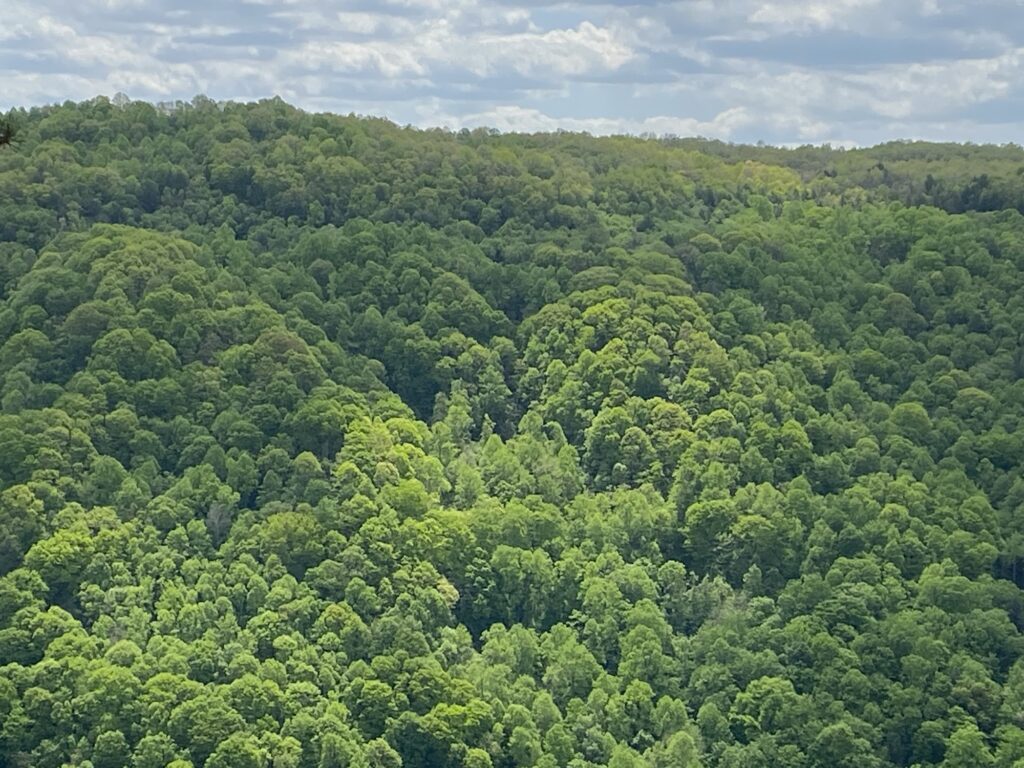

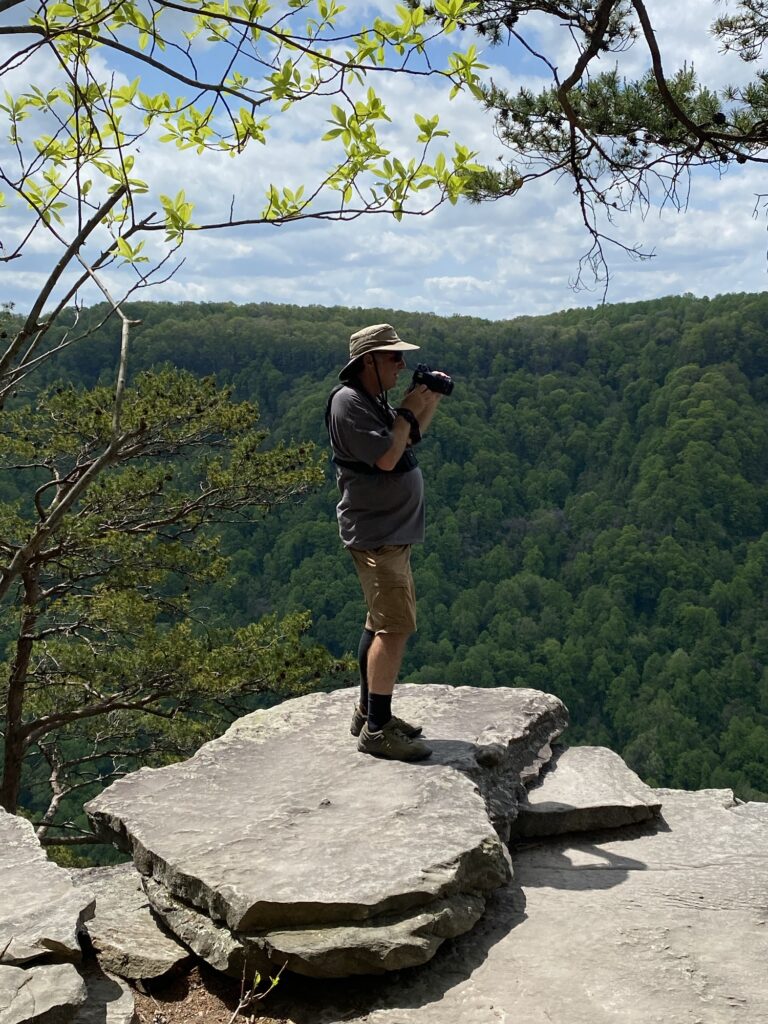
Then we headed down to Thurmond and found that it is still an “active” Amtrak stop. There are several old buildings there but it is mostly a historic site within the National Park. Along the road to Thurmond, there are areas and houses that look over 100 years old, and many of them did not start in good shape. There are lots of churches older than 150 years too. You definitely feel the poverty although there seem to be little pockets of middle class wealth.

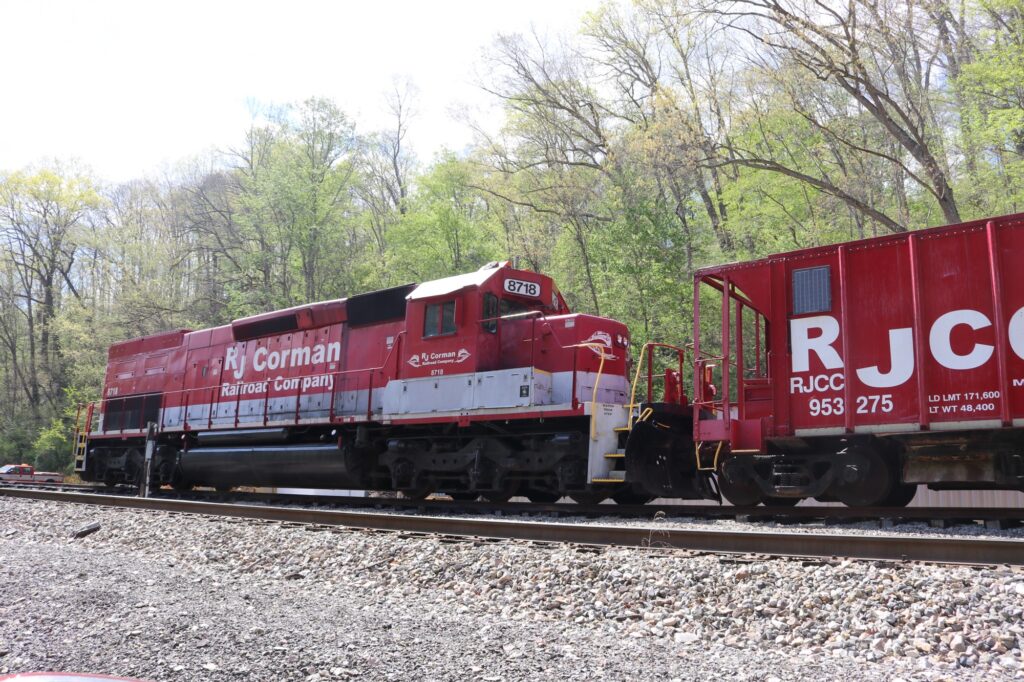
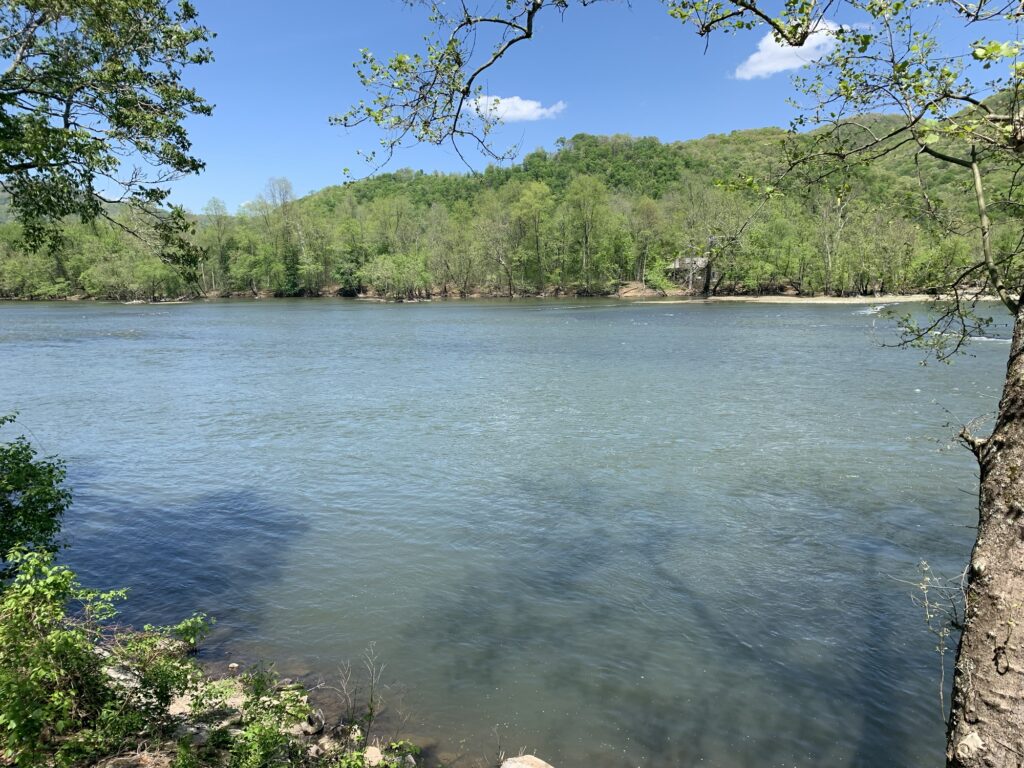
On our second day, we traveled around the southern half of the park. We went to Grandview and hiked to where we could see the falls as the wide and slow New River, converts to a narrow, fast New River. We continued to Hinton, which is a tiny city carved out of the park that looks like a real place, and has a lot of touristy things to do along the river. At Sandstone Falls, we hiked on the boardwalk and it was AMAZING! All the way across the river are short falls (maybe 15 feet high) and it was beautiful! So much water is moving in this river. After this you can see how the gorge was formed as the river becomes much faster and wilder. This was where the trains had to come in to get the lumber and coal because things could no longer be floated down the river.
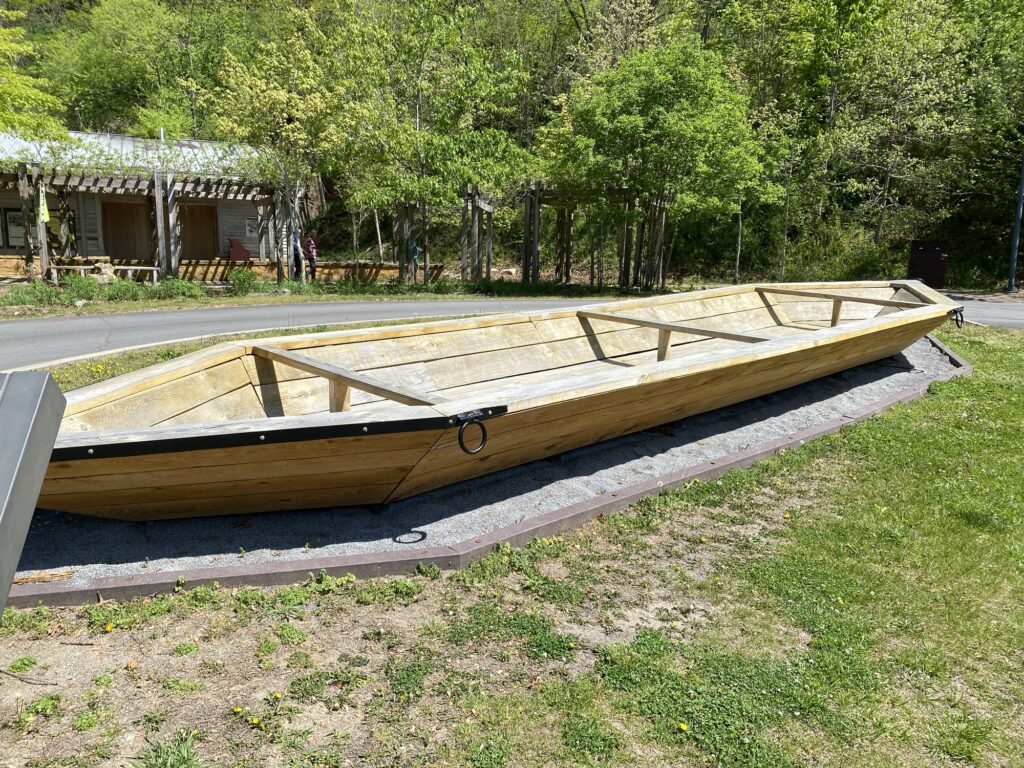
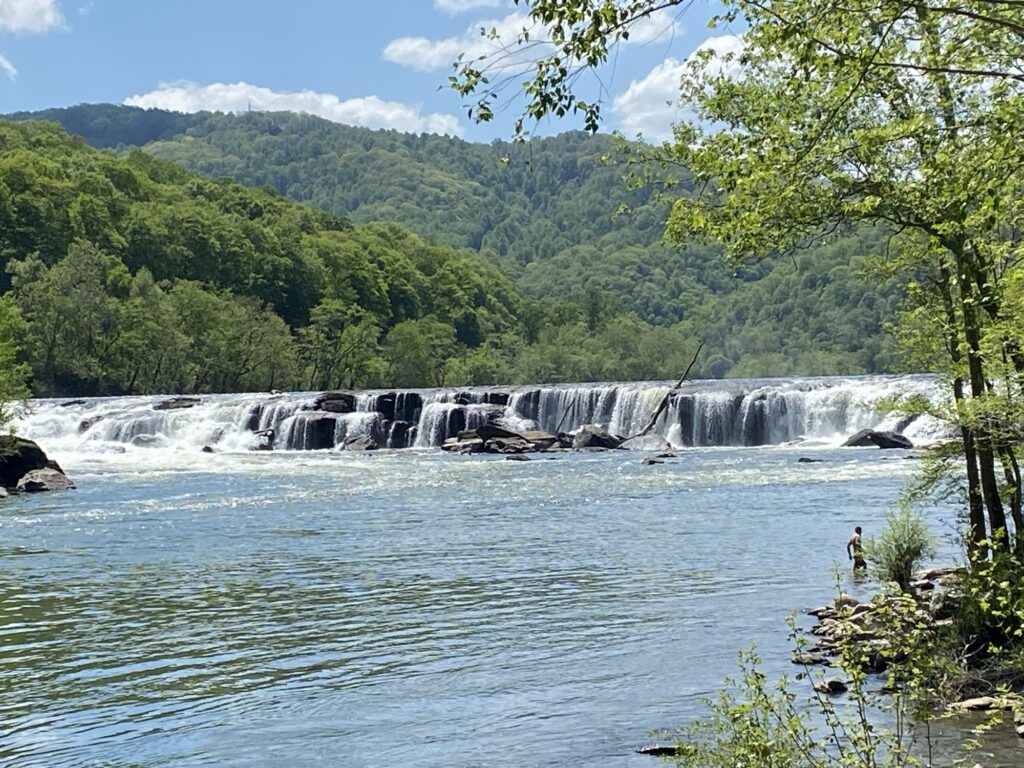
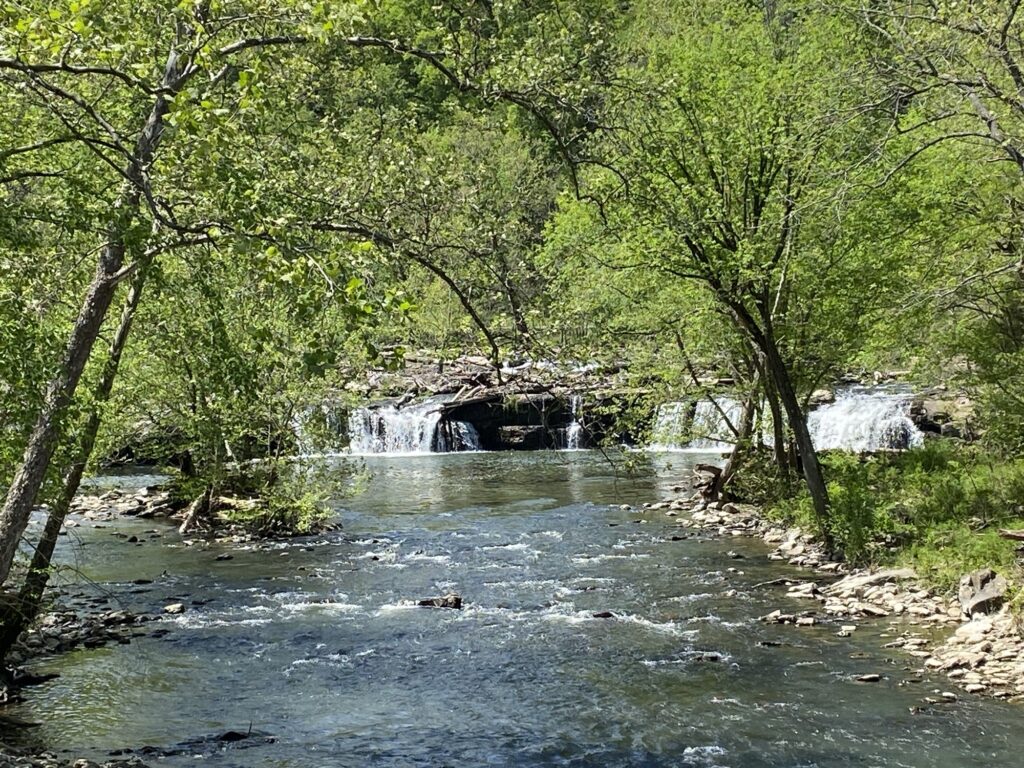
I definitely recommend this park for at least 2 full days. A third if you are a more adventurous hiker than we are – we no longer do steep or really rocky trails. I was reminded several times these past 2 days of how much I appreciate the walking sticks Jenny and Matt got me years ago. The ground here has LOTS of roots and I caught myself multiple times as I started to misstep. There are great descriptions of the trails once you get here. And it is definitely a “good feeling” environmentally conscious park. As per usual, Dave has much better pictures than I do!
